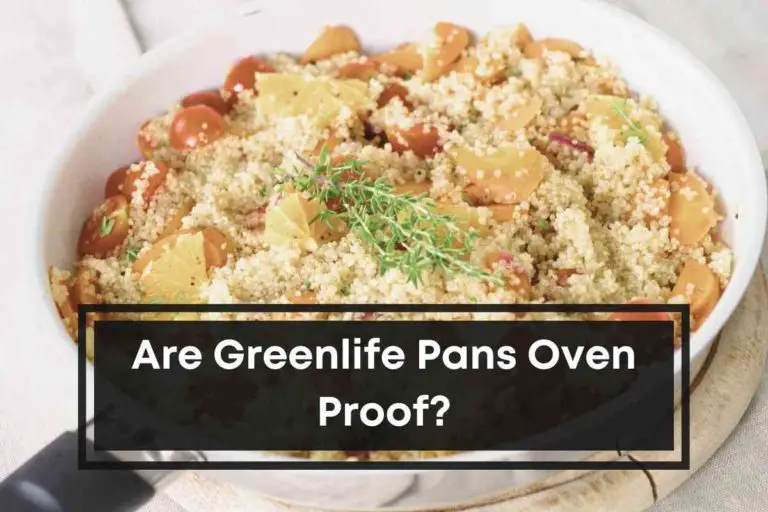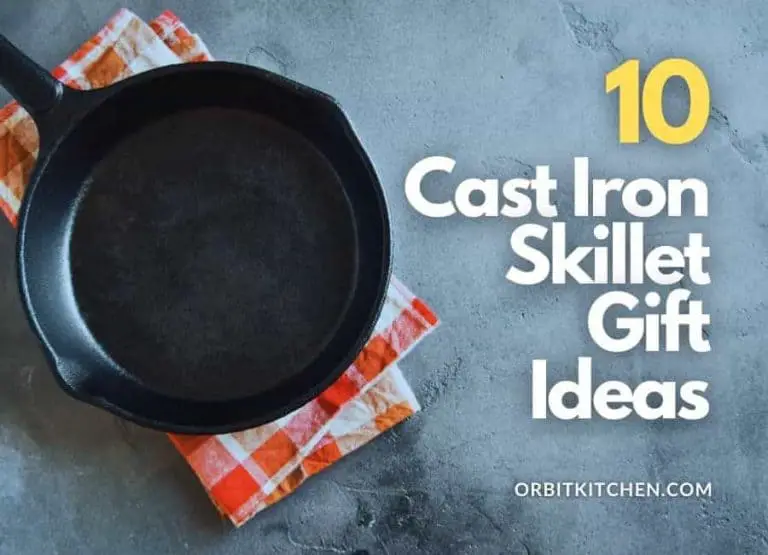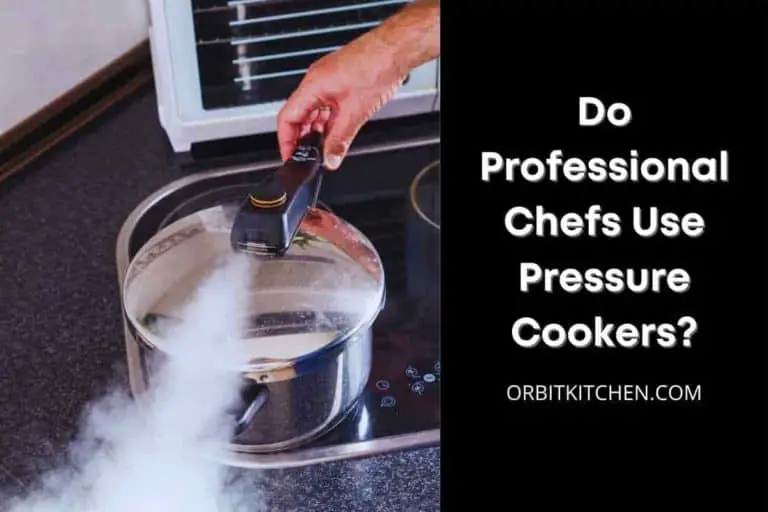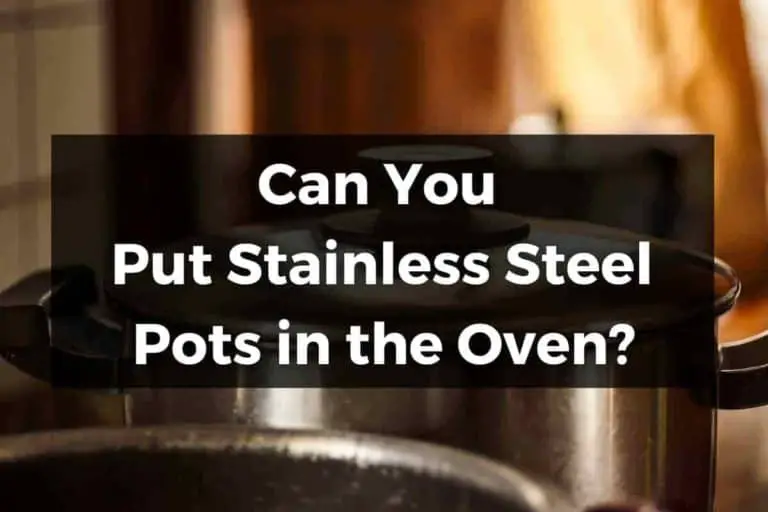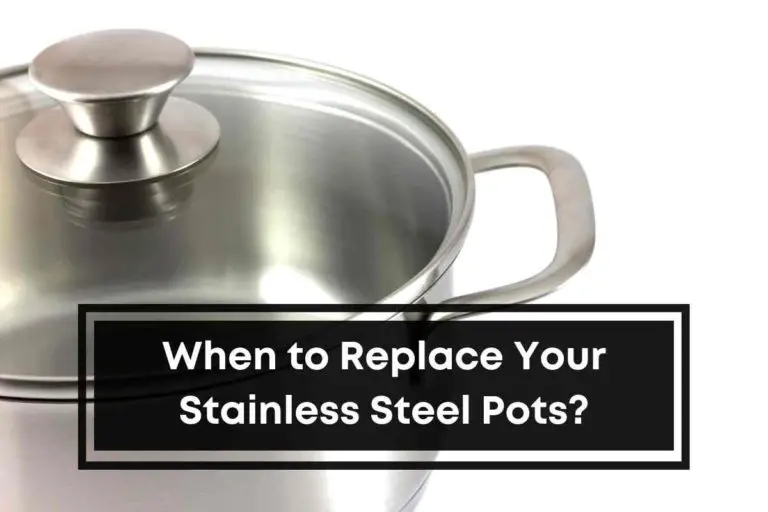Why Do Ceramic Pans Lose Their Nonstick?
If you are using a ceramic cookware set, you know that it is a significant investment. However, you may have noticed that, after some time, the pan’s nonstick surface begins to wear off, and you have to replace it. I have done some research to find out the reasons why ceramic pans lose their nonstick coating.
Why do ceramic pans lose their nonstick?
The nonstick surface of ceramic pans wears off because of the high temperatures you use when you cook in these pans. High temperatures can cause the nonstick coating to break down and come off the pan. Another reason is if they are not correctly seasoned before use. If the pan is not seasoned, the food can stick to the pan and cause the nonstick coating to come off.
In this post, we’ll explain why ceramic pans lose their nonstick and how to fix them, so keep reading to learn more about nonstick ceramic pans.
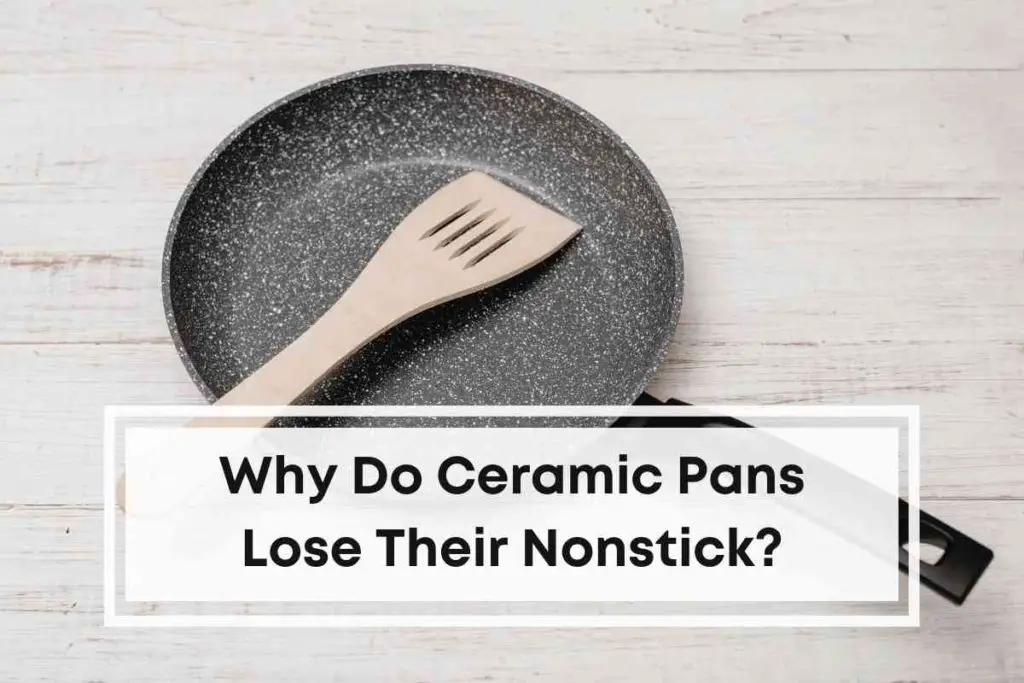
How Long Do Ceramic Non-stick Pans Last?
A ceramic nonstick pane is a great option for those who want an environmentally friendly and durable option. These pans last a long time and can be used for cooking and baking. When properly cared for, a ceramic nonstick pan can last for more than two years.
Ceramic nonstick begins to lose effectiveness at around 500 degrees Fahrenheit (260 degrees Celsius) because heat causes the coating to break down and flake off the pan’s surface.
At higher temperatures (above 500 degrees F), there’s also an increased risk of corrosion from acids like tomato sauce and lemon juice that might have been left behind on the pan’s surface during cooking.
How to Know Ceramic Pan Non-stick Coating Is Bad?
If your ceramic pan has lost its nonstick coating, you’ll notice that food sticks to the surface and is difficult to cook evenly. The pan may also appear scratched or damaged. If you’re using a ceramic pan that is not nonstick, you’ll need to use more oil or butter to prevent sticking, and the food may not cook as evenly.
Ceramic pans with nonstick coatings typically have a much longer lifespan than traditional pans with aluminum or cast iron bases. However, if your pan starts chipping or flaking, it’s probably time for a new one.
You don’t need to worry about small chips or scratches on the surface because these can be repaired easily with a little cooking oil and a paper towel. But if you see large chunks of the nonstick coating coming off, toss the pan and get yourself a new one.
Read Also: Can You Put Ceramic Plates in Oven
Why Non-stick Ceramic Pan Is Sticking?
If your nonstick ceramic pan is sticking, it may be because the pan is not properly seasoned. Seasoning creates a nonstick surface on the pan by heating oil or fat on the pan surface. If the pan is not properly seasoned, the food will stick to the pan.
Here is the list of reasons for a nonstick ceramic pan sticking:
- The coating on the pan has been scratched or damaged.
- The pan hasn’t been properly seasoned.
- The pan has been used for cooking acidic foods.
- The pan has been used for cooking sticky or gooey foods.
- The pan hasn’t been properly cleaned.
How to Make a Ceramic Pan Non-stick Again?
If your ceramic pan has lost its nonstick properties, there are a few things you can do to try to make it nonstick again.
- You can try scrubbing the pan with a non-abrasive scrubber and soapy water.
- Try making a paste out of baking soda and water and scrubbing the pan with that.
- Also, you can try heating the pan on the stove until it’s very hot and then adding a little oil to the pan.
Here are some more tips for making your ceramic pans nonstick again:
1. Soap and Water
If you have mild scratches on the surface, try just cleaning the pan with soap and water. Use a soft sponge or dishcloth and apply a little dish soap to the sponge. If debris is caught in the scratches, this should remove them and any residue left behind from cooking food.
2. Baking Soda Paste
To remove more stubborn marks or stains, try a baking soda paste. Make a paste using equal parts baking soda and water and apply it gently with a sponge or cloth over the affected area on your cookware.
Let it sit for at least 15 minutes before scrubbing off with warm water, then rinse thoroughly with cold water to neutralize any remaining alkalinity from the baking soda paste. You may need to repeat this process
3. Try Baking Soda, Vinegar, and Lemon Juice
Mix equal parts of baking soda and vinegar in a bowl. Then add some drops of lemon juice until you get a thick paste. Apply this mixture to your pan and leave it for about 15 minutes. Rub the pan with a sponge and rinse it with warm water.
4. Use Coconut Oil
Coconut oil is one of the best products for cooking because it has many health benefits and is an excellent cleaner for your kitchen tools. You can apply coconut oil to your ceramic pan and rub it over with a sponge or cloth until all dirt disappears from the surface of your cookware. After that, rinse your pan with warm water and dry it before using it again.
How to Clean Non-stick Ceramic Pan?
Nonstick ceramic pans are a great choice for those who want to cook without using any oil or butter. They are easy to clean and won’t rust like other pans. However, they can still get dirty if you don’t care for them properly.
Here are some tips on how to clean nonstick ceramic pans:
- You will need to use mild dish soap and warm water to clean your nonstick ceramic pan.
- Make sure that the pan is cool to the touch.
- Next, add small dish soap to the pan and use a soft sponge to scrub the surface.
- Once you have scrubbed the entire surface, rinse the pan with warm water.
- Dry the pan with a clean towel.
How to Ceramic Coat a Pan?
Ceramic coating is a process in which a pan is coated with a thin layer of ceramic material. This process can help improve the pan’s overall performance and make it more durable and resistant to wear and tear.
In order to ceramic coat a pan, you will need to follow a few simple steps.
- Clean the pan with a degreaser and a scouring pad to remove dirt, grease, or food particles.
- Rinse the pan thoroughly with water and dry it completely with a lint-free cloth.
- Apply a thin, even layer of ceramic coating to the pan’s surface with a foam brush.
- Place the pan in a preheated oven and bake according to the manufacturer’s instructions.
- Allow the pan to cool completely before using.
Care Tips For Non-Stick Ceramic Cookware
If you don’t take proper care of your ceramic nonstick pan, it will not last as long as it should.
Here’s how to keep your ceramic nonstick pan in good shape:
- Don’t use metal utensils in the pan. Metal utensils can scratch the surface of your ceramic nonstick pan and cause damage over time. Use wooden or plastic utensils instead.
- Don’t use chlorine bleach on your ceramic nonstick pan. Chlorine bleach creates fumes that can damage the coating on the pan, so stick to regular soap when cleaning it out after use.
- Use a soft sponge or cloth when washing your ceramic nonstick pan by hand rather than using abrasive pads or sponges that may scratch off the pan’s coating over time by cleaning off any food residue left behind.
Conclusion
A ceramic pan loses its nonstick coating over time because of the oven’s heat. The coating gets burned off, leaving the pan with a dull and unappealing appearance. You can prevent this by baking the pan at a lower temperature for longer periods.
If you want your cookware to retain its nonstick surface, you must treat it carefully. You can clean it with a mixture of baking soda and water and then dry it thoroughly with a clean, soft cloth. This is the most effective method for removing any remaining food particles and restoring your cookware’s nonstick properties.

